Introduction
In the realm of vegetarian protein sources, two contenders often take the spotlight – the versatile soya chaap and the beloved paneer. Both these protein-packed options have found a special place in the hearts and plates of many, but the question remains – is one better than the other? Join me as we embark on a journey to unravel the nuances of soya chaap and paneer, comparing their nutritional profiles, culinary versatility, and overall health benefits.
Nutritional Comparison
Soya Chaap
Soya chaap, derived from soybeans, is celebrated for its high protein content and low saturated fat. It stands out as an excellent source of essential amino acids, making it a valuable addition to vegetarian and vegan diets. Moreover, soya chaap contains essential vitamins and minerals, contributing to overall nutritional well-being.
Paneer
Paneer, a traditional Indian cheese, is renowned for its rich protein and calcium content. It offers a substantial dose of quality protein, supporting muscle development and bone health. However, paneer is also high in saturated fat, which might be a consideration for individuals watching their fat intake.
Health Benfits Of Soya Chaap and Paneer
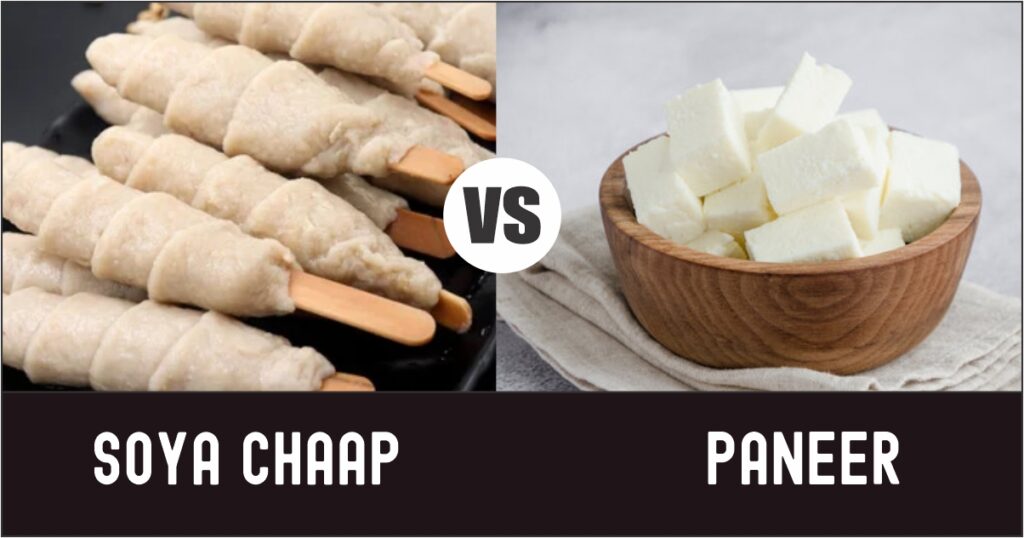
Soya Chaap
The health benefits of soya chaap extend beyond its nutritional profile. Studies suggest that incorporating soya-based products into your diet may have positive effects on cardiovascular health, aid in weight management, and provide digestive benefits. Additionally, being soy-based, it is naturally lactose-free, catering to those with lactose intolerance.
Paneer
Paneer, while offering commendable protein and calcium, may be a concern for individuals with lactose intolerance. However, its calcium content contributes to bone health and may be particularly beneficial for individuals at risk of osteoporosis.
Culinary Versatility of Soya Chaap or Paneer
Soya Chaap
One of the highlights of soya chaap is its adaptability in various cuisines. It absorbs flavors well, making it a versatile choice for different culinary creations. Whether you prefer Indian, Asian, or Western dishes, soya chaap can be seamlessly integrated, adding a unique texture and taste.
Paneer
Paneer, with its mild flavor, serves as a blank canvas in many recipes. Its firm texture allows for various cooking methods, making it a staple in Indian cuisine. However, it may not absorb flavors as readily as soya chaap, which could limit its application in certain dishes.
Environmental Impact From Soya Chaap and Paneer
Soya Chaap
From an environmental perspective, soya chaap presents itself as a more sustainable choice. The production of soybeans generally requires less land and water compared to dairy farming. Additionally, the carbon footprint of soya chaap is often lower, contributing to a more eco-friendly option.
Paneer
Paneer, being a dairy product, involves the environmental impact associated with traditional farming practices. Cattle farming, used in milk production for paneer, can contribute significantly to deforestation and greenhouse gas emissions.
Taste and Texture of Soya Chaap and Paneer
Soya Chaap
The taste and texture of soya chaap are subjective and may vary based on personal preferences. Its ability to absorb flavors during cooking makes it a favorite for those who enjoy diverse and bold tastes. The texture is often meat-like, providing a satisfying bite.
Paneer
Paneer, with its mild and creamy taste, appeals to a wide audience. The firm texture holds up well in various dishes, offering a chewy and substantial feel. Its neutral flavor makes it an ideal canvas for rich, spicy gravies or sweet desserts.
Culinary Tips for Soya Chaap and Paneer
Soya Chaap
- Marinating Techniques: Enhance the flavor absorption of soya chaap by marinating it with a mix of spices, yogurt, and herbs. Allow it to marinate for a few hours or overnight for a more intense taste.
- Grilling Perfection: For a smoky touch, grill soya chaap on an open flame or in a barbecue. The grill marks not only add visual appeal but also elevate the overall taste.
- Incorporating into Global Dishes: Experiment with incorporating soya chaap into global cuisines. From Mexican fajitas to Italian pasta dishes, the versatility of soya chaap knows no bounds.
Paneer
- Pressing for Texture: Achieve a firmer texture in paneer by pressing it under a heavy object for a few hours. This technique is especially useful when preparing dishes that require a dense and chewy consistency.
- Infusing Flavors: While paneer is known for its neutral taste, it can be infused with flavors. Create flavored paneer by adding spices, herbs, or even fruits to the milk during the paneer-making process.
- Paneer in Desserts: Don’t limit paneer to savory dishes. Explore its sweet side by incorporating it into desserts like sandesh, rasgulla, or paneer-based sweets.
Cost Comparison
When it comes to cost, soya chaap tends to be more budget-friendly than paneer. The production of soybeans is often more efficient, leading to lower overall costs. This aspect makes soya chaap an attractive option for those looking for a nutritious yet economical protein source.
Consumer Trends
Changing dietary preferences and an increasing demand for plant-based alternatives have contributed to the rise of soya chaap’s popularity. As people explore diverse protein options, the market has responded with an array of innovative and delicious soya-based products.
Addressing Common Misconceptions
There are some misconceptions surrounding both soya chaap and paneer. It’s crucial to debunk these myths and offer a clear understanding of their nutritional content, addressing concerns about their impact on health.
Cooking Tips and Recipes
For those eager to experiment with soya chaap and paneer, here are some cooking tips and recipes to enhance your culinary experience. From spicy curries to delightful desserts, these recipes showcase the versatility of both protein sources.
Emerging Trends in Plant-Based Proteins
With the ever-growing popularity of plant-based diets, the food industry is witnessing a surge in innovative plant-based protein sources. Soya chaap is just one example of how manufacturers are meeting the demand for delicious and nutritious alternatives. Beyond soya, ingredients like pea protein, seitan, and jackfruit are gaining traction, providing a diverse range of options for those looking to reduce their reliance on animal products.
Sustainable Cooking Practices
In addition to choosing plant-based proteins, adopting sustainable cooking practices contributes to a more eco-friendly lifestyle. Consider reducing food waste, choosing locally sourced ingredients, and exploring vegetarian or vegan recipes that leave a smaller environmental footprint. These practices align with the broader movement towards sustainable and mindful living.
Conclusion
In the eternal debate of soya chaap versus paneer, the answer ultimately depends on personal preferences, dietary needs, and lifestyle choices. Both options bring unique qualities to the table, catering to a diverse range of tastes and nutritional requirements. So, the next time you’re planning a meal, consider the factors that matter most to you – be it nutrition, taste, or environmental impact.
FAQs
Q1: Are soya chaap and paneer equally nutritious?
A1: While both offer essential nutrients, their nutritional profiles differ. Soya chaap excels in providing high-quality plant-based protein, while paneer offers a substantial dose of calcium and animal-based protein.
Q2: Can soya chaap replace paneer in traditional recipes?
A2: Yes, soya chaap can be a versatile substitute in various recipes. Its ability to absorb flavors makes it a suitable choice for both traditional and innovative dishes.
Q3: Is soya chaap suitable for individuals with soy allergies?
A3: Individuals with soy allergies should avoid soya chaap. It’s crucial to read labels carefully and consult with a healthcare professional if you have concerns about allergies.
Q4: How does the environmental impact of soya chaap compare to paneer?
A4: Soya chaap generally has a lower environmental impact compared to paneer. The production of soybeans requires less land, water, and contributes to a lower carbon footprint.
Q5: What are some quick and easy recipes using soya chaap?
A5: Explore the versatility of soya chaap by trying recipes like Soya Chaap Curry, Grilled Soya Chaap, or Soya Chaap Biryani for a delightful culinary experience.

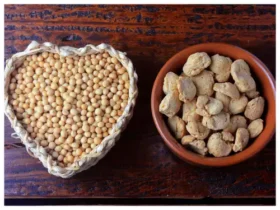



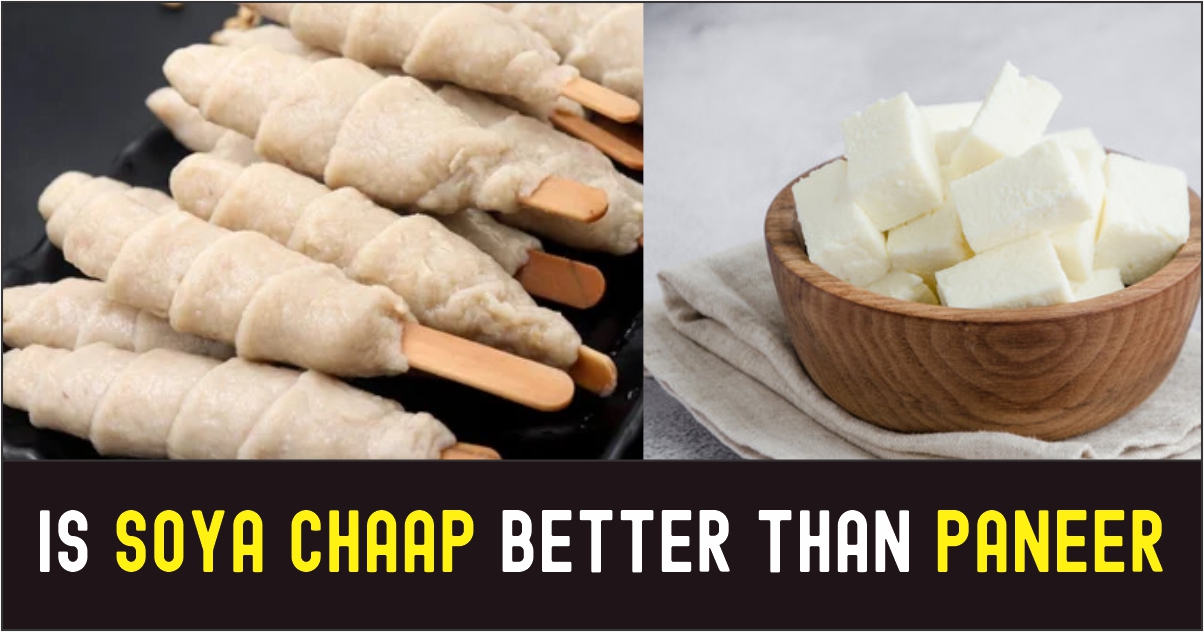




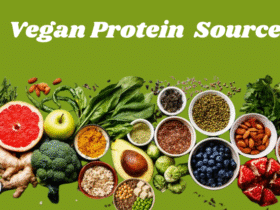
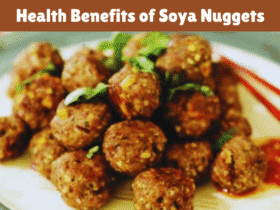


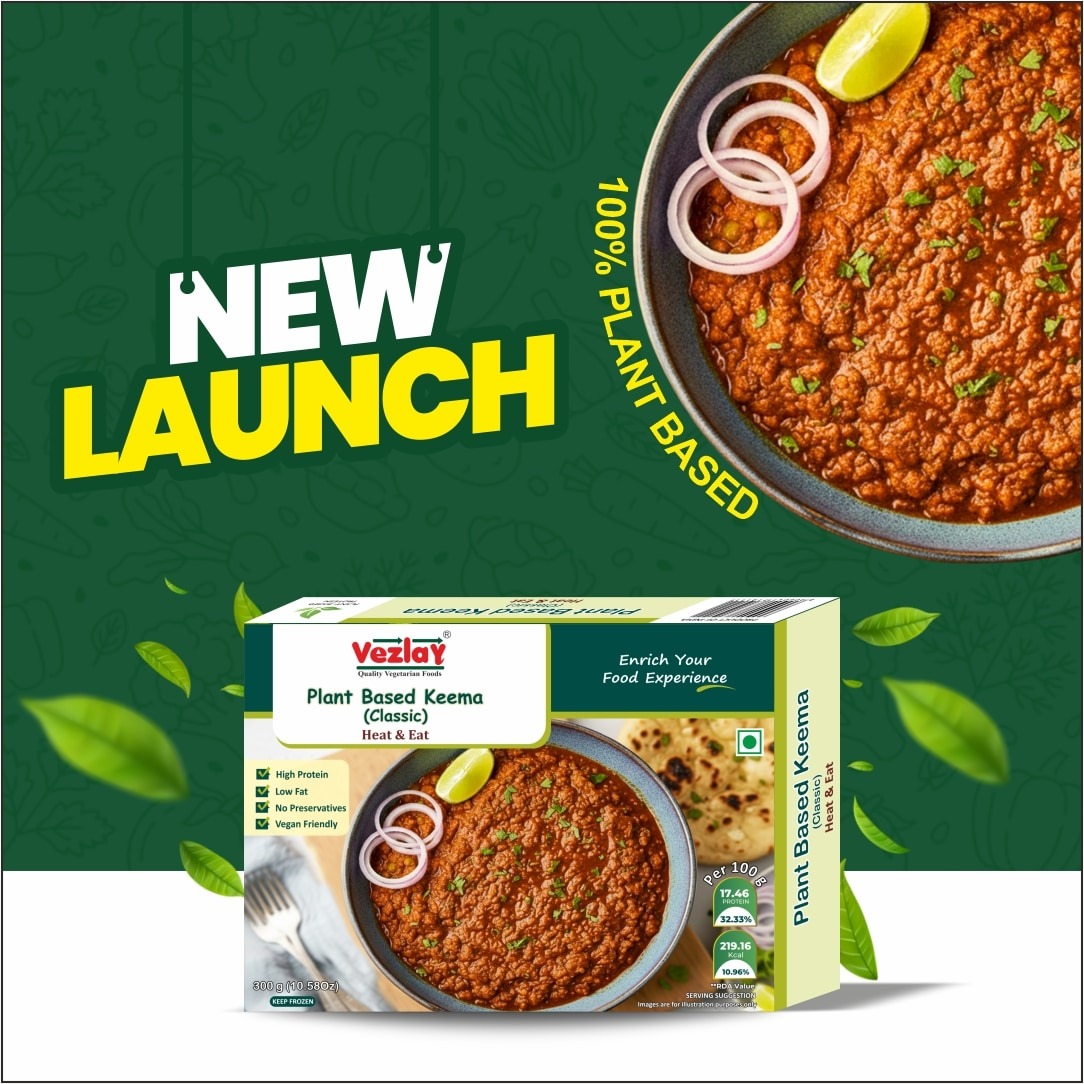
Leave a Reply